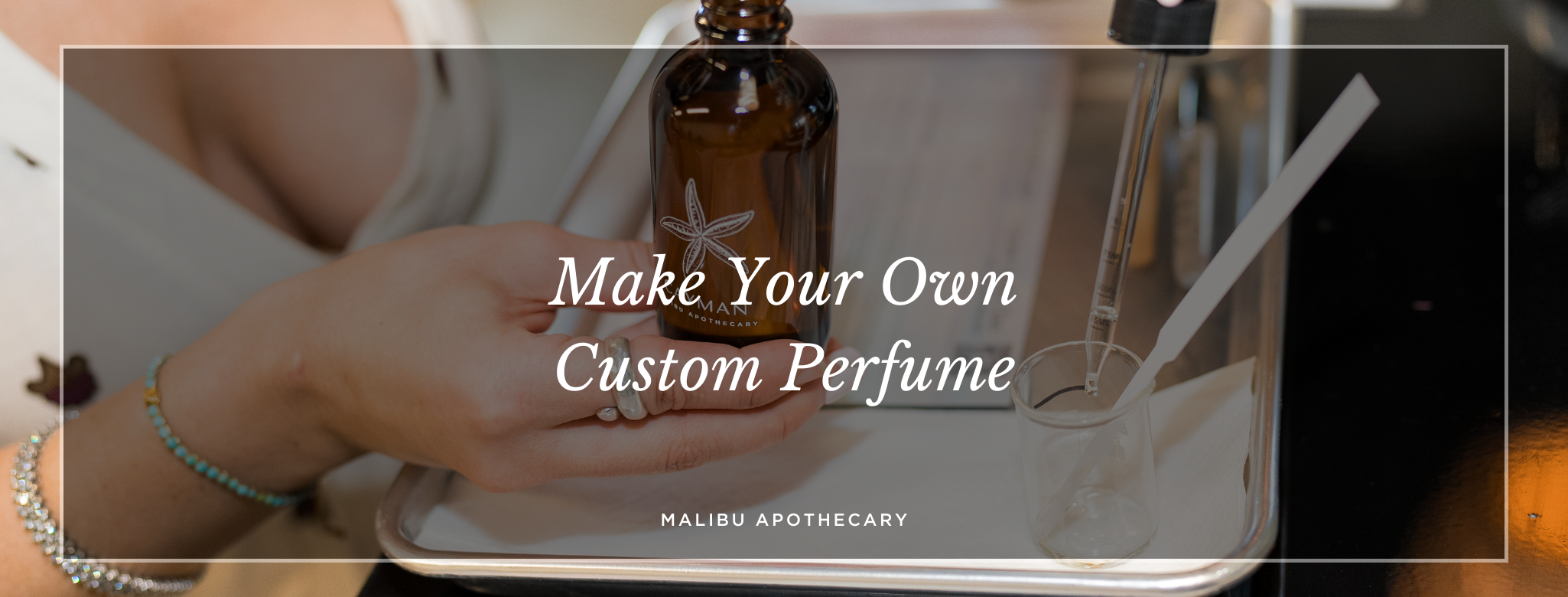The Ultimate Guide to Essential Oil Extraction Methods: From Ancient Techniques to Modern Innovations
Are you curious about how your favorite essential oils are made? Dive into the fascinating world of essential oil extraction methods and discover the science behind these aromatic wonders. Fragrance creation is every bit an art as it is a science. We will explore the extraction and distillation methods of natural essential oils.
Steam Distillation: The Heart of Essential Oil Production
Steam distillation remains the cornerstone of essential oil extraction. This time-tested method captures the essence of plants through a simple yet effective process:
- Steam passes through plant material
- Volatile compounds vaporize
- Vapor cools and condenses
- Essential oil separates from water
Key variations include:
- Water/Steam Distillation: High-yield but longer process
- Direct Steam Distillation: Ideal for temperature-sensitive plants
- Hydrodistillation: Perfect for resins and spices
Cold Pressed Extraction: Preserving Citrus Freshness
Cold pressed extraction, also known as cold expression, is the go-to method for citrus peel oils
- Preserves delicate aromas
- Avoids heat damage
- Produces vibrant, true-to-fruit scents
Solvent Extraction: Unveiling Delicate Fragrances
Concrètes and Absolutes
This multi-step process captures even the most elusive scents:
- Solvent extraction of plant material
- Creation of waxy concrète
- Alcohol washing of concrète
- Concentration into pure absolute
CO2 Extraction: The Future of Fragrance
CO2 extraction offers numerous benefits:
- Preserves full spectrum of plant compounds
- Environmentally friendly
- Produces extracts with characteristics of both essential oils and absolutes
Enfleurage: Reviving an Ancient Art
Enfleurage, an age-old technique, is experiencing a revival:
- Captures scents of delicate flowers
- Uses organic solvents instead of animal fats
- Produces true-to-nature aromas
Other Extraction Methods
- Resin Extraction: Various methods for extracting aromatic compounds from plant resins
- Destructive Distillation: Used for materials like fossilized amber
Conclusion: The Art and Science of Essential Oils
Each extraction method has its unique advantages, preserving different aspects of a plant's aromatic profile. From the traditional steam distillation to the cutting-edge CO2 extraction, these techniques allow us to capture nature's scents in their purest form.
As you enjoy your favorite essential oils, take a moment to appreciate the intricate processes that bring these aromatic wonders into your life.
Sources:
Extraction Methods from Eden Botanicals
Custom Processing Services blog post on "Top 4 Ways to Extract Essential Oils from Plants"
USA Lab blog post on "Methods of Extracting Volatile Oils"
PubMed article on "Essential Oils: Extraction Techniques, Pharmaceutical And Therapeutic Potentials"
New Directions Aromatics blog post on "A Comprehensive Guide to Essential Oil Extraction Methods"
NCBI article on "Extraction of Essential Oils from Lavandula × intermedia 'Margaret Roberts' Using Steam Distillation, Hydrodistillation, and Cellulase-Assisted Hydrodistillation: Experimentation and Cost Analysis"
PDF document from TNAU Agritech Portal on "Extraction Methods of Natural Essential Oils"
ScienceDirect article on "Methods for Extracting Essential Oils"
Read more

Are you looking for a unique and creative experience in Dallas? Look no further than Malibu Apothecary's custom candle making classes! Whether you're a local or just visiting, our workshops offer ...

Are you searching for a unique and immersive experience in Dallas? Check out our Roller Perfume Class, where you’ll learn the art of blending and crafting your very own signature scent into an org...

Leave a comment
All comments are moderated before being published.
This site is protected by hCaptcha and the hCaptcha Privacy Policy and Terms of Service apply.